Strategic Missteps Expose Korea’s Battery Industry: Outpaced by China in Price, Technology, and Timing
Input
Modified
Sharp contrasts in plant utilization and investment scale
Lack of technology strategy and failure to respond to LFP
Concerns rising over industry collapse beyond a market slump
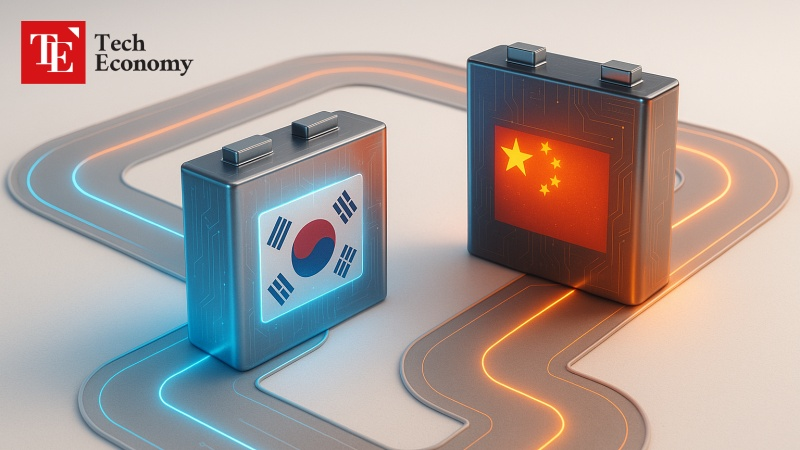
The premium-focused strategies of Korea’s three major battery makers—LG Energy Solution, SK On, and Samsung SDI—have effectively collapsed, with some foreign media casting doubt even on their ability to survive in the market. While Chinese competitors consolidate dominance in pricing, technology, and supply chains, Korea is rapidly losing competitiveness due to delayed strategic shifts and high-cost structures. Experts warn that Korea can no longer sustain its status as a “battery powerhouse” and argue that only sweeping structural reform and heavy investment in next-generation technology offer a way out of the current crisis.
Korean Battery Plants Running at 50 Percent Capacity
On October 1, tech outlet Rest of World reported, “Korean EV battery manufacturers are operating at about 50 percent capacity, while Chinese firms are running near 90 percent. Chinese batteries are now surpassing Korea even in technology.” The outlet noted that Korea’s three battery makers ignored market demand and “went all in” on high-cost nickel-cobalt-manganese (NCM) batteries, a strategy that became a fatal weakness against Chinese rivals. Chinese firms began with lithium iron phosphate (LFP) batteries and, after 2021, expanded aggressively into NCM. This pushed up raw material prices for lithium, nickel, and cobalt, ironically reinforcing LFP’s cost competitiveness.
Market leadership has accordingly tilted toward China. GlobalData Powertrain observed that “demand for NCM batteries is fading in the mass-market segment and has been relegated to a niche,” shrinking the very foundation of Korean firms. Most automakers now use LFP in mass-market models and restrict NCM to high-performance or luxury vehicles. GlobalData added that while Korean companies dismissed LFP as inferior and delayed their response, Chinese giants such as CATL and BYD built overwhelming economies of scale through raw material control and vertically integrated supply chains.
The technological gap has also widened. Early this year, CATL reached production speeds of one second per battery cell and about two and a half minutes per battery pack—levels Korean firms cannot match in the short term. Leveraging this advantage, CATL has poured investment into facilities in Germany, Hungary, and Spain, penetrating markets traditionally dominated by Korean players. In an interview with Rest of World, CATL stressed that such progress was “the result of relentless innovation,” signaling confidence as it encroaches even on Europe.
Policy headwinds compound the pressure. The U.S. “One Big Beautiful Bill (OBBBA)” eliminated the EV purchase tax credit of up to USD 7,500 as of this month. The Korea Institute for Industrial Economics & Trade (KIET) projected U.S. battery sales will inevitably fall, citing Europe’s experience: when Germany, France, and Sweden reduced subsidies last year, EV sales dropped 27.4 percent, 2.6 percent, and 15.9 percent respectively compared with 2023. KIET concluded that subsidy shifts “directly hit EV demand” and warned that Korea’s three major battery firms will inevitably suffer a similar shock.
The financials of Korea’s battery makers reinforce this bleak outlook. LG Energy Solution’s operating profit plunged 73.4 percent last year, with a net operating loss of USD 430 million in the fourth quarter. Samsung SDI posted its first quarterly deficit in seven years, while SK On began restructuring and voluntary retirements to improve efficiency. With the industry declaring “emergency management,” analysts argue that workforce cuts and scaled-back investment will be insufficient to withstand the collapse in global demand. As EV adoption accelerates, Chinese firms have secured the trifecta of price, supply chains, and technology, while Korea faces policy risks compounded by strategic failures.
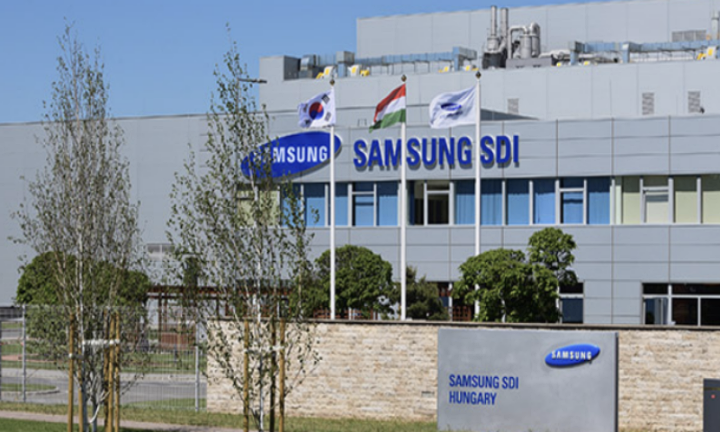
Strategic Blind Spots Slow the Response
An even greater problem is that Korean firms missed the timing for both technological transitions and strategic pivots. The domestic industry focused on high-performance, high-value NCM batteries, planning to address safety risks such as fire with solid-state batteries. But as commercialization of solid-state technology lagged, China rapidly improved LFP performance. As a result, LFP has become the de facto standard, dominating not only entry-level EVs but also energy storage systems (ESS). At the same time, China secured cost advantages by controlling upstream supply of lithium, graphite, manganese, and nickel.
This technology and supply chain gap has directly reshaped market share. In the first half of this year, the Korean trio’s share of the secondary battery market fell to 16.4 percent, down 5.4 points from a year earlier, while CATL posted USD 4.2 billion in net profit, underscoring its rapid ascent. In Europe, the reversal is stark. Korean firms commanded 70 percent of the market in 2021 but fell to 45.1 percent in 2024, while Chinese companies surged to 49.7 percent, overtaking them for the first time. CATL’s LFP batteries have been adopted in Volkswagen’s ID.4, Stellantis’s Fiat 500e, and Renault’s Megane E-Tech, cementing Chinese influence across Europe’s entry-level EV sector.
The strategic failure is reflected in deteriorating financial results. Samsung SDI’s Hungarian unit posted first-quarter revenue of USD 830 million and a net loss of USD 18 million, compared with revenue of USD 1.47 billion and a USD 16 million net profit a year earlier—a 43 percent revenue decline and a swing into losses. LG Energy Solution’s European sales fell from about USD 8.6 billion in 2023 to USD 5 billion last year, wiping out nearly USD 3.6 billion in a single year. SK On opened its third Hungarian plant, but utilization remains below 60 percent. Samsung SDI rushed to allocate roughly 40 percent of a USD 1.14 billion rights offering to Hungarian LFP production, but full-scale output is not expected until 2027, widely seen as too late.
“No Longer a Battery Powerhouse” — Pessimism Intensifies
Market observers increasingly believe Korea cannot maintain its former leadership in batteries. More than a cyclical downturn, multiple structural factors have converged to transfer “battery powerhouse” status to China. As EV adoption broadens, consumer priorities have shifted to affordability and safety, yet Korean firms clung to high-spec positioning. As a result, they lost ground in the mass-market segment where real volume is created.
This has also eroded bargaining power. Automakers prioritize pricing and delivery reliability, diversifying supply lines accordingly. Chinese companies, armed with scale and vertical integration, consistently undercut Korean bids for similar specifications. Korean firms, constrained by high-cost structures, have increasingly been sidelined in large-scale orders for entry-level and commercial platforms. The result has been a vicious cycle: price cuts to defend share eat into profitability, while both qualitative reputation and quantitative metrics decline in tandem.
From this perspective, today’s situation represents a redefinition of Korea’s place in the global battery industry. Korea is no longer in a position to claim absolute superiority, with much of its leadership ceded to China. Experts stress that unless Korean companies redesign their portfolios, restore competitiveness in pricing and scale, and adopt aggressive localization strategies, even their role as challengers may be at risk. The widening gap in market indicators between Korea and China is a warning bell: unless Korea reverses course, its presence in the battery industry will inevitably diminish.

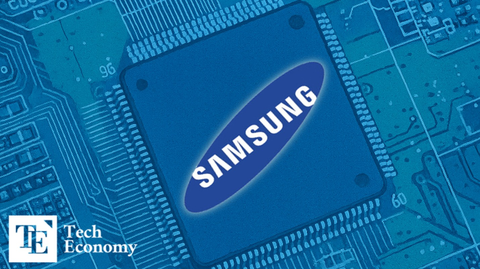

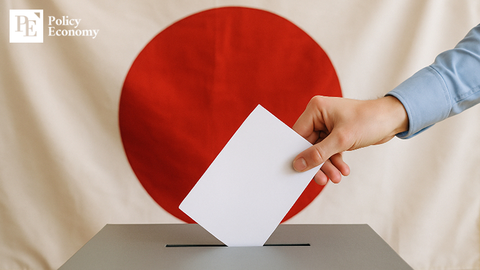
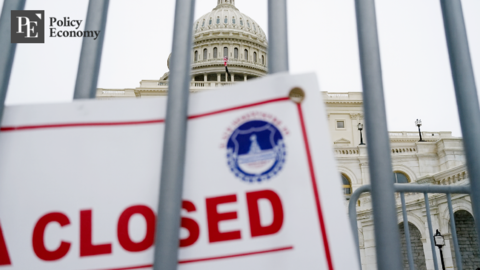
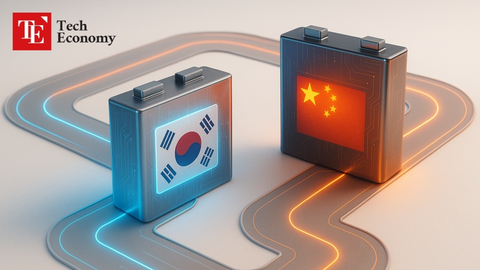
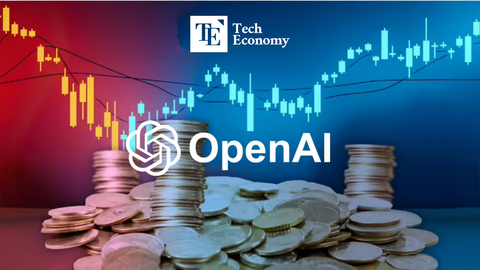
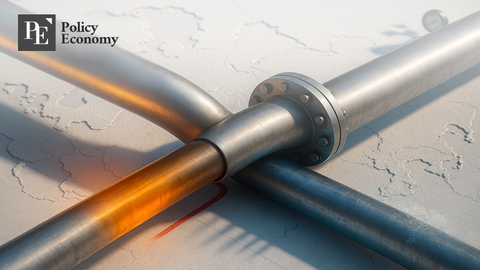
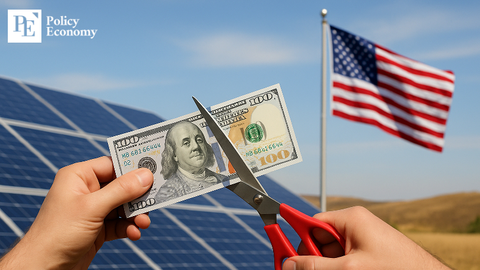












Comment